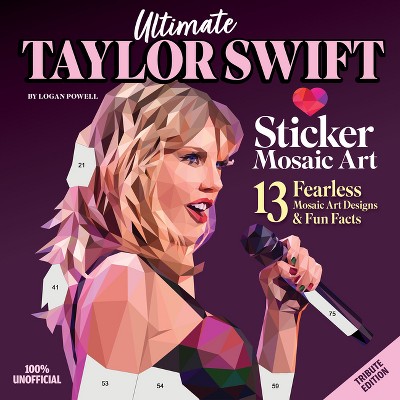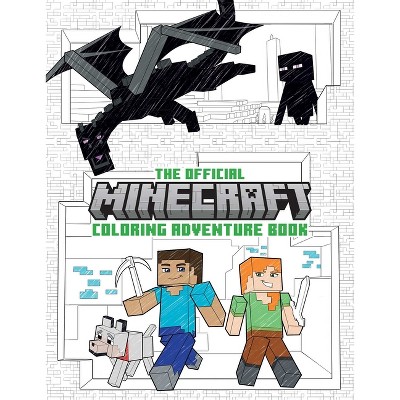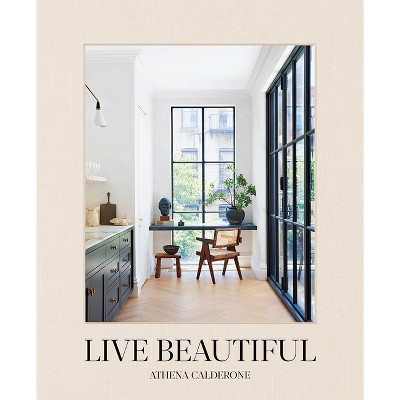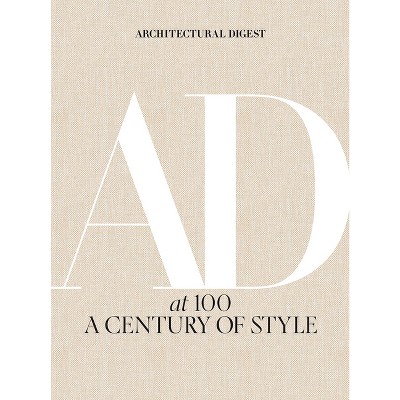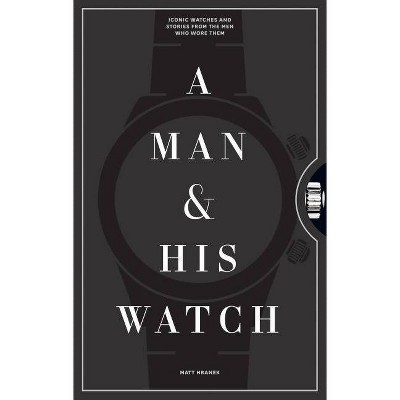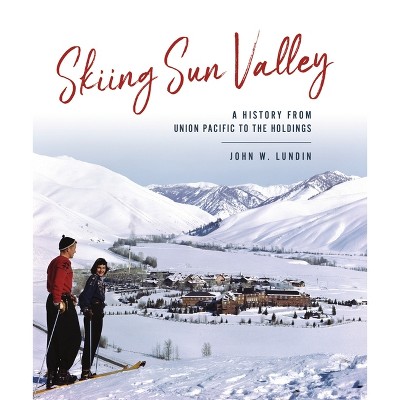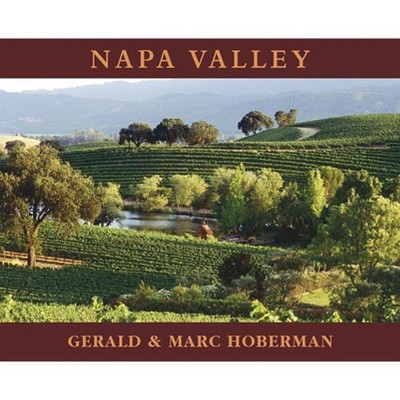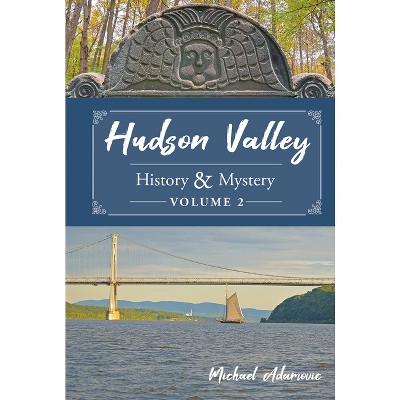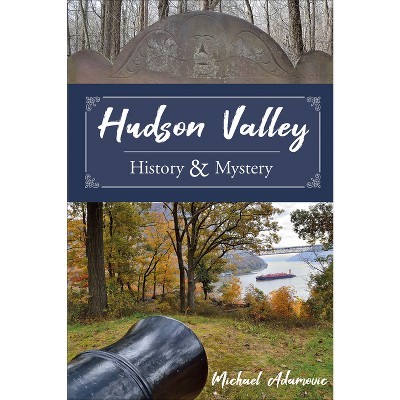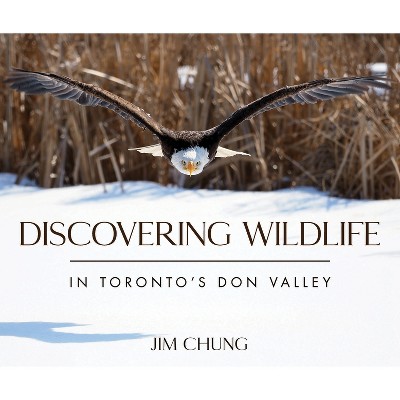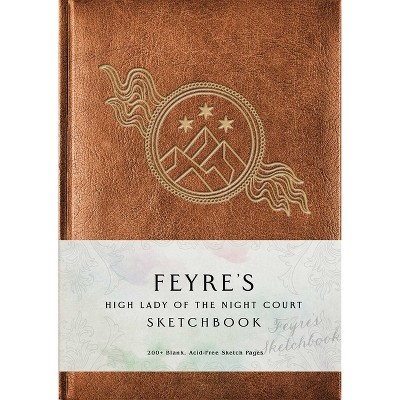Sketchbook Traveler Hudson Valley - by James Lancel McElhinney (Hardcover)

About this item
Highlights
- Plein air basics are unpacked with sample works by the author, and pages of high-quality art paper provide open space for creating your own journal practice.
- Author(s): James Lancel McElhinney
- 128 Pages
- Art, Subjects & Themes
- Series Name: Sketchbook Traveler
Description
About the Book
A portable, interactive art journal and field guide that inspires through depictions of 31 New England scenes and encourages a deeper engagement with travel through painting, drawing, and writingBook Synopsis
Plein air basics are unpacked with sample works by the author, and pages of high-quality art paper provide open space for creating your own journal practice. Keeping visual journals has been popular for centuries, among artist-travelers like Albrecht Durer, J. M. W. Turner, Katsushika Hokusai, and David Hockney. Explorers like Jacques le Moyne, Alexander von Humboldt, Charles Darwin, and Marianne North also recorded their journeys in sketchbooks and diaries. Topographical drawing was essential. Knowing what destinations looked like helped travelers know they had arrived. Carrying this concept to the next level, Sketchbook Traveler expands plein air painting beyond the range of easels and backpacks, providing educators with instructional concepts, and giving professional artists new (and old) ways to hone mobile sketching skills. Inviting readers to explore their surroundings through drawing and writing, Sketchbook Traveler is a field guide to mindful engagement with personal experience in ways that make every day an adventure.Review Quotes
"Part artistic history of the Hudson River Valley, part travel guide, and part how-to-manual on how to be a sketchbook traveler McElhinney's volume is as absorbing as it is beautiful. McHlhinney is that rare contemporary artist who at once seems to live in our 21st century moment of environmental consciousness and at the same time follow in the footsteps of 18th century topographic explorers and 19th century picturesque artists. His knowledge is voracious, and his writing style witty and gregarious. Above all his sketches are transportive, and inspire the reader to travel along in his footsteps, and above all be not afraid to venture out on their own path, to turn looking into seeing, and to record their own journeys."
--Anna O. Marley, Ph.D. Kenneth R. Woodcock Curator of Historical American Art"Erudite and rich with anecdote, Sketchbook Traveler takes us on an artist's-eye journey along the mighty Hudson, through the landscapes that have shaped our national history and culture. McElhinney's warm prose and exquisite, keenly-observed sketches open our mind and eyes to our own potential for mindful, artful travels."
--Sean E. Sawyer, Ph.D. The Olana Partnership
"James is the pied piper of sketchbook journaling, providing not only patient and inspiring DIY instruction; but linking one's personal practice to the passionate explorers, pilgrims, and travelers of old."
--Craig Bruns, Chief Curator, Independence Seaport Museum, Philadelphia
"James Lancel McIlhinny's new book Sketchbook Traveler: Hudson Valley (Schiffer Publishing, 2020) is, like many wonderful books, a hybrid overlapping several different genres. In reality, it is several books in one, which is to say that it is a great resource for readers interested in the different subjects that it treats. It is, first of all, a textbook in "mindful travel" that invites reflection about the purpose and potential of exploring the territory, and what a territory! The Hudson Valley is not only impressive in its scenic grandeur, but a central artery in American history and culture. The author offers us a superb guide to the Hudson and its changing landscapes, not neglecting the human story. The book is also a manual of drawing for the draftsman or painter, and artists of any age or inclination will find inspiration in McIlhenny's consistently reliable advice and encouragement. In summary, this book is an amalgam of the pragmatic, historical, artistic, and poetic, sometimes in the same paragraph. Perhaps uniquely, it unites "how-to" with "why?" But the heart of the book remains the author's own beautiful work, the dozens of watercolor sketches accompanied by commentary mixing technical advice and folkloric stories. Deeply human and wise, the book--in both its verbal and visual gifts--is the perfect antidote to websites and blogs."
--Steven Semes, Professor of Architecture. Notre Dame University

